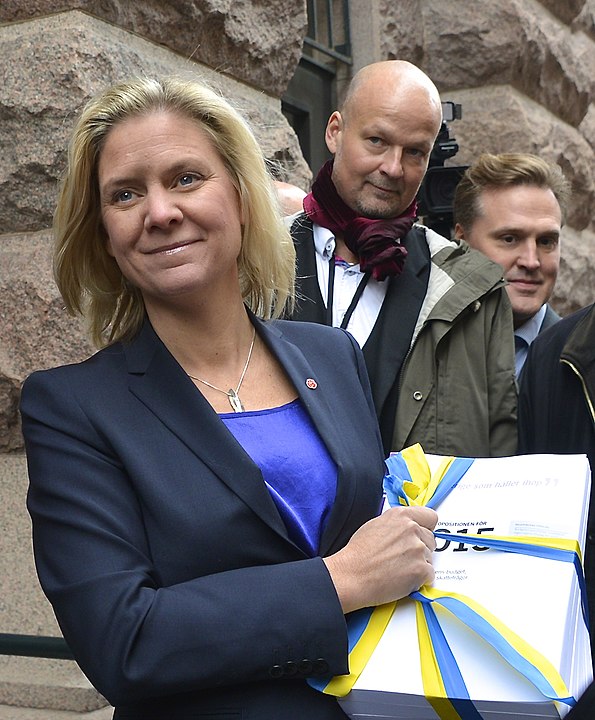The former Swedish Prime Minister, Magdalena Andersson might be eligible for the shortest reign as PM award. She resigned from the position within hours. This came as a huge surprise because most politicians dream of holding such a prestigious seat. And almost everyone would love to lead a country. In other nations, leaders of this stature turn into pseudo dictators who hold on to the high throne and refuse to relinquish power. But for Anderson, the PM post was so easy to drop like a hot potato due to pressing factors.

Her exit from the office caused a buzz online because it is an unusual occurrence. This is especially true in the political arena where many people will be eyeing for such an office. Prime Ministers with the shortest reign in the UK include Lord Bath, who only served for two days from 10 to 12 February 1746 [Source]. In another perspective, George Cunning holds the shortest reign from April to August 1827, and this amounted to 119 days.
But these leaders fall short of the former Swedish PM who did not even last a day in office. Andersson’s election was a welcome development because it cemented the global movement of empowering women. Sweden was also marking 100 years since women got the right to vote for national leaders. The PM was a wonderful milestone to the 100th year of celebrating women’s liberty.
It was reported that as a PM, Andersson had joined the few exonerated women who sit on prestigious seats in the world. About two dozens of women are heads of states worldwide as noted by UN Women, the United Nations agency focused on gender equality [Source]. The majority of the women-headed nations are in Europe, and this paints a gloomy picture of the emancipation of women.
Sweden was the last Scandinavian country to elect a woman into the highest office. These nations are applauded for having “the world’s most progressive gender policies” [Source]. Andersson was Sweden’s first-ever female prime minister, meaning she ushered the country into a new phase and broke new ground.
An independent member who supported Andersson said “If women are only allowed to vote, but never elected to the highest office, democracy is not complete. There is something symbolic in this decision”. But this achievement was only celebrated for a few hours.
Why did Andersson resign?
This is the question perplexing most people around the world and they are trying to understand why she would turn her back on being Sweden’s PM.
The Washington Post reported that “Hours after assuming office, Andersson resigned from the post when a member of the ruling coalition, the center-left Swedish Green party, quit the government in protest after lawmakers passed a budget bill backed by three right-wing parties”. It also added that “Andersson’s Social Democratic Party had put forward an alternative budget proposal that failed to pass”.
Political analysts believe that Andersson could not stand a budget defeat in parliament. The situation worsened when she lost her partner “in a two-party coalition” [Source]. According to her, “a decision by the Green party to quit the two-party coalition had forced her to resign”. This is understandable because she would have been left alone and without much political ground to stand on.
Before the budget vote, she had shown confidence to withstand a defeat by saying “I am of the opinion that [the opposition budget] as a whole is something I can live with”. But it seems like the heat was too much for her to handle.
The Green Party defended its stance as it had posited that it would exit if its budget was rejected by parliament, and it fulfilled that promise. In an address, Andersson said, “For me, it is about respect, but I also do not want to lead a government where there may be grounds to question its legitimacy”.
She added that “A coalition government should resign if a party chooses to leave the government. Despite the fact that the parliamentary situation is unchanged, it needs to be tried again.”
What’s next for Andersson?
For her future plans, Andersson said she “hopes to form a single-party ruling government”. She explained that “she told the parliamentary speaker, she hoped to be appointed prime minister again as the head of a single-party government”.
At least in this setup, she would have to rely on her party members to run the country, instead of pinning all hopes on a coalition. The speaker of parliament now carries the burden of deciding the next steps in forming a new government, while Andersson plots her comeback to the highest office in a new form.





































